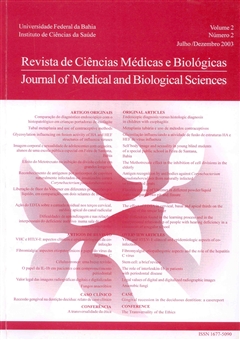Fibromyalgia: etiopathogenic aspects and the role of the hepatitis C virus
DOI:
https://doi.org/10.9771/cmbio.v2i2.4291Keywords:
Fibromyalgia, Etiopathogeny, Hepatitis C virus.Abstract
Fibromyalgia is one of the most common rheumatologic syndromes. It is specially characterized by a symptomatology of a diffuse and chronic pain, generally followed by fatigue; as far as the physical exam is concerned, it is followed by pain when specific superficial points (11 to 18) are pressed (“tender-points”). Its etiopathogeny is still obscure and has not been well defined. There is a great psychosomatic correlation in most patients: alterations in the pain perception. Bacterial and viral agents may be related with the origin of that pathology. The hepatitis C virus is notably the one that presents greater correlation with the etiopathogeny of the fibromyalgia. The present paper reviews the main fibromyalgia theories and the most frequent conditions related to its origin, emphasizing the possible participation of the hepatitis C virus.Downloads
Download data is not yet available.
Downloads
Published
2003-01-01
How to Cite
Costa, S. R. M. R. da. (2003). Fibromyalgia: etiopathogenic aspects and the role of the hepatitis C virus. Journal of Medical and Biological Sciences, 2(2), 240–250. https://doi.org/10.9771/cmbio.v2i2.4291
Issue
Section
Review Articles
License
The Journal of Medical and Biological Sciences reserves all copyrights of published works, including translations, allowing, however, their subsequent reproduction as transcription, with proper citation of source, through the Creative Commons license. The periodical has free and free access.


